By BloggerKhan
Posted in Ecommerce | Tags : amazon, ebay, ecommerce, etsy, google shopping, list my products, marketplaces, selling on, stages of ecommerce, steps in, upload my products
As merchants mature in their understanding of ecommerce they realize that to improve the chances of them making a sale, they need to get in front of more customers. The more people see your products, the better the chance of making a sale. That means that in addition to doing SEO and Social Media promotions and PPC to generate traffic to your website, you must also go where the customers are already. That means marketplaces like Amazon, eBay, Rakuten etc. So they start uploading products to let’s say Amazon.
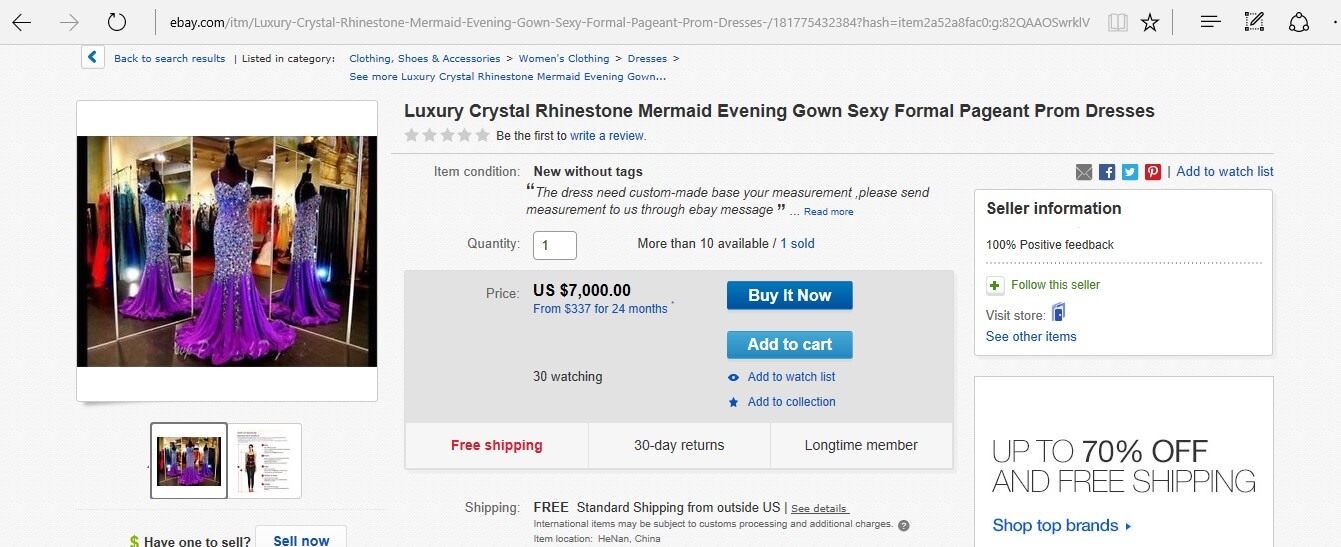
Selling Products on eBay
As their maturation process continues, they realize that consumers have their favorite online marketplaces and that is where they normally go to shop. An Amazon loyalist will not go to eBay and an eBay loyalist will seldom go to Etsy. To increase the chances of making a sale, you have to get in front of more customers on their favorite marketplace. What do you do? You must sell on multiple marketplaces.
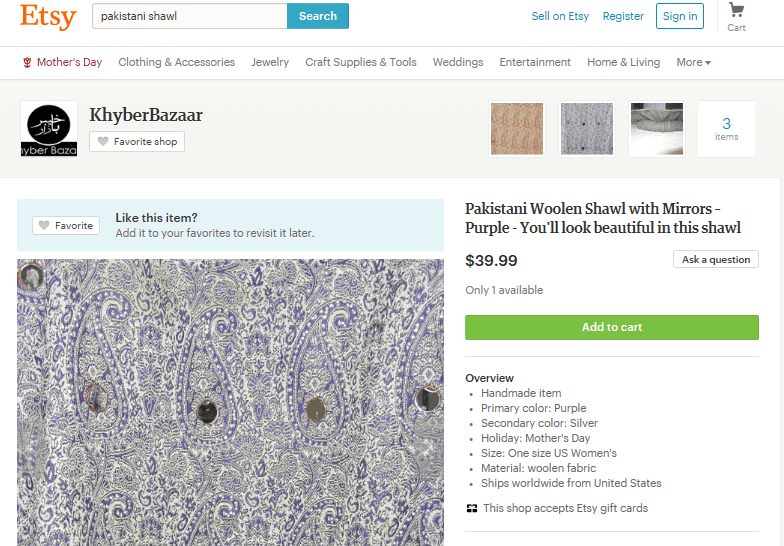
Selling on Etsy
The next step they have to take in this process is uploading their inventory to all notable marketplaces that matter to their line of business. A spike in sales generally follows. Soon they hit a bottleneck though and that is inventory management. If your own website does not synchronize it’s database with the marketplaces, you may make a sale on eBay but you are actually sold out. Order cancellations result in negative feedback and eBay lowers your DSR rating. If the situation is not remedied, marketplaces start restricting your account and could result in eventual suspension. It’s a very real threat and thousands of merchants have learned it the hard way.
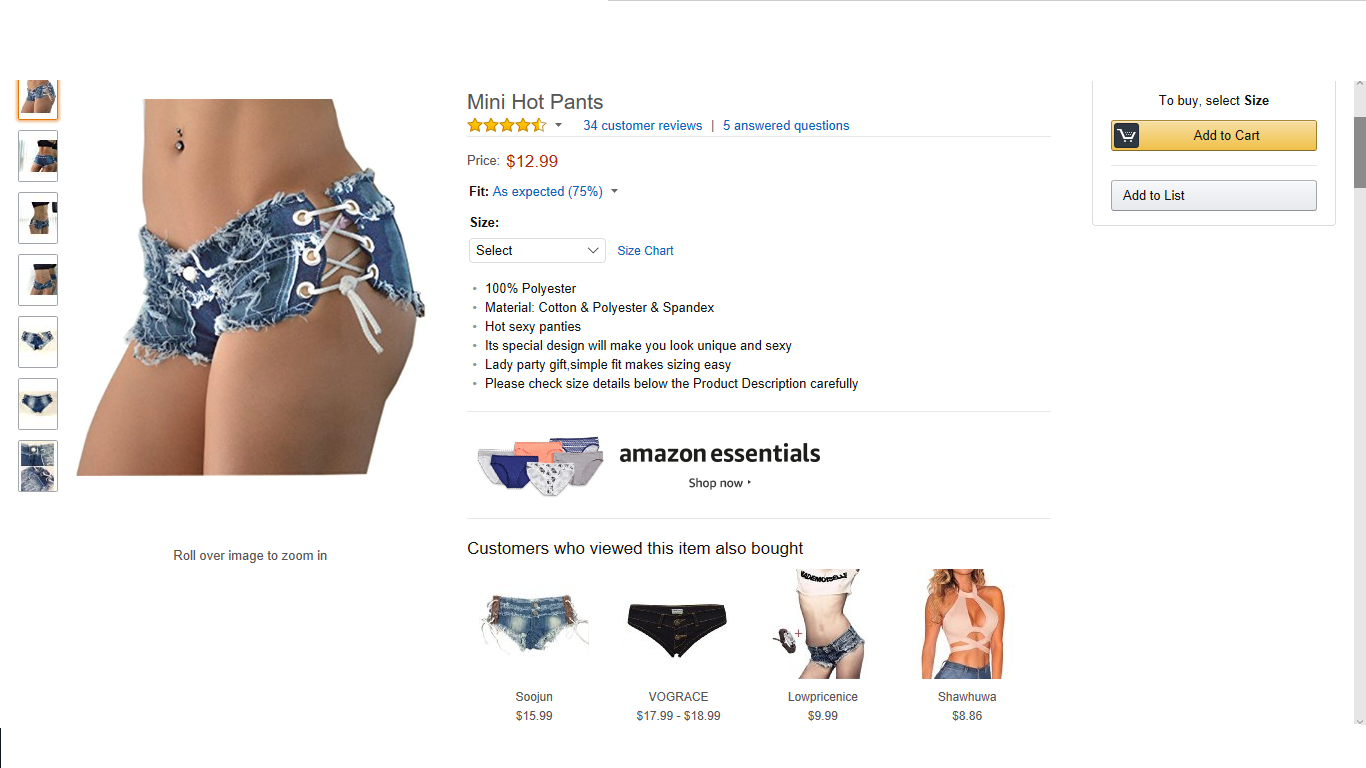 Selling fashion on Amazon.comThe next step in this maturation process is to use SaaS software from companies like http://uploadmyproducts.com and http://channeladvisors.com that pulls data from your ecommerce platform and pushes it to multiple marketplaces at regular intervals to keep data synchronized across multiple marketplaces. Customers are happy, marketplaces don’t frown on you any more and merchants can breathe easy. They also get a little richer in the pocketbook.
Selling fashion on Amazon.comThe next step in this maturation process is to use SaaS software from companies like http://uploadmyproducts.com and http://channeladvisors.com that pulls data from your ecommerce platform and pushes it to multiple marketplaces at regular intervals to keep data synchronized across multiple marketplaces. Customers are happy, marketplaces don’t frown on you any more and merchants can breathe easy. They also get a little richer in the pocketbook.
All in all, the future of ecommerce is as bright as it can be.








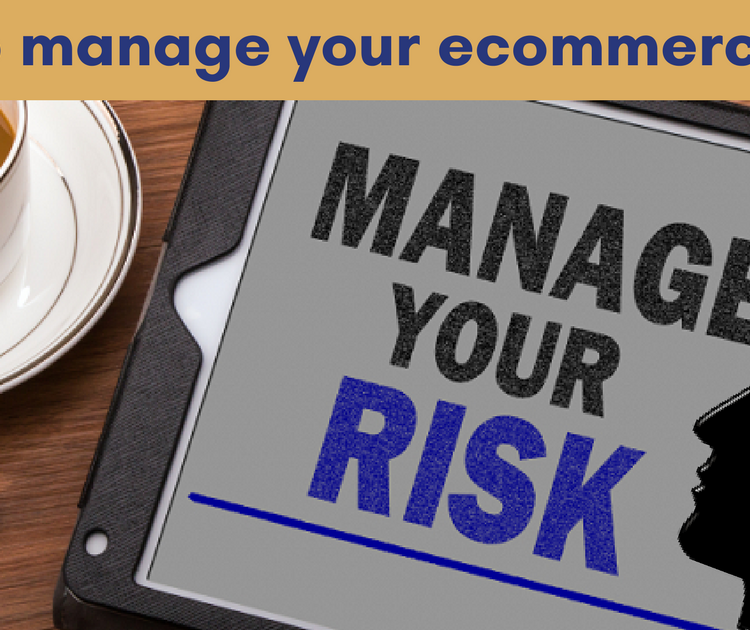

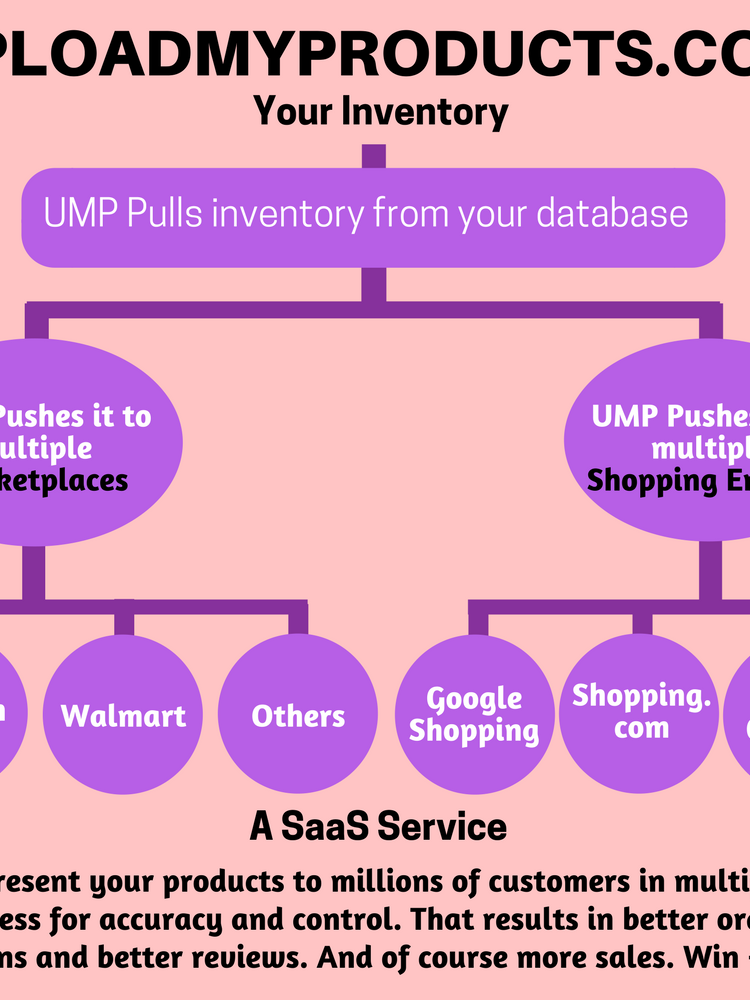
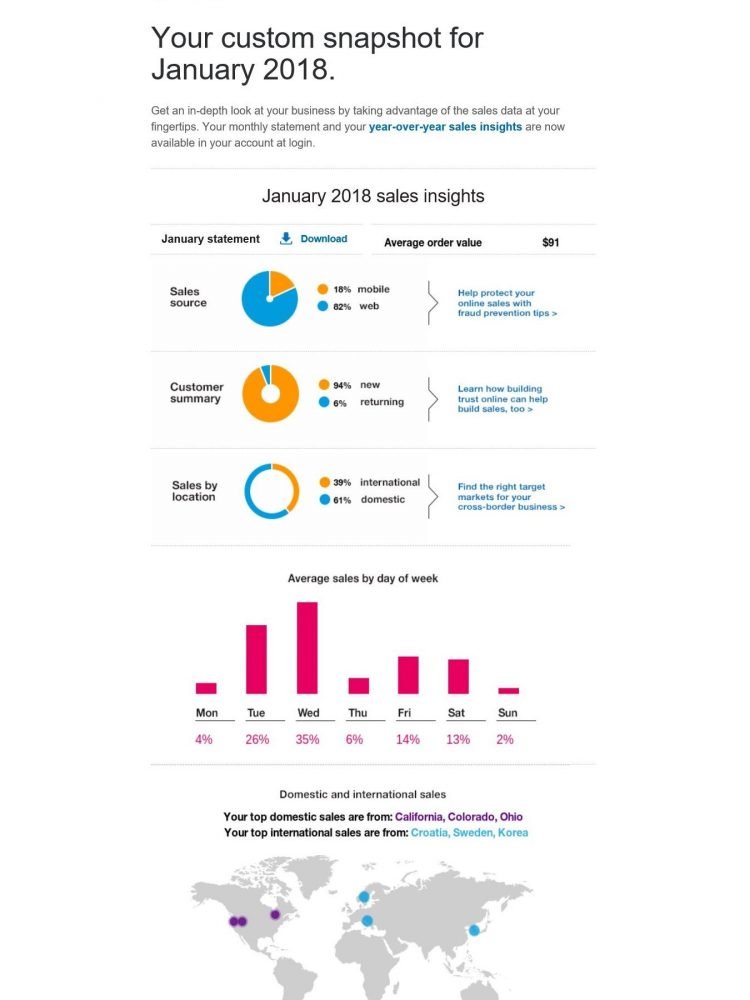
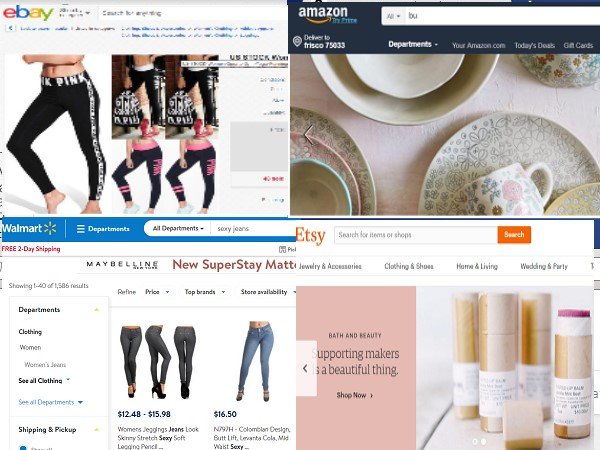
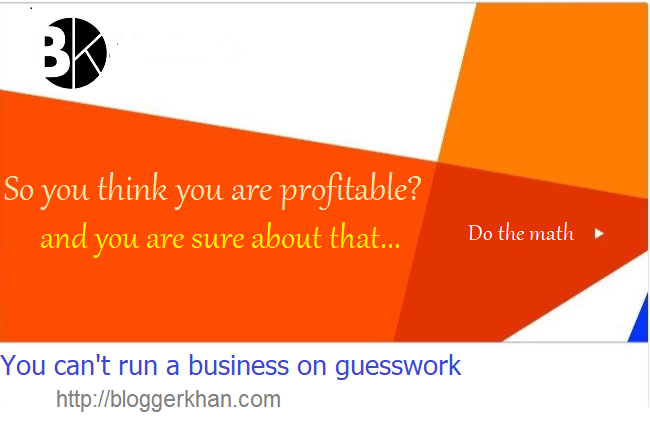

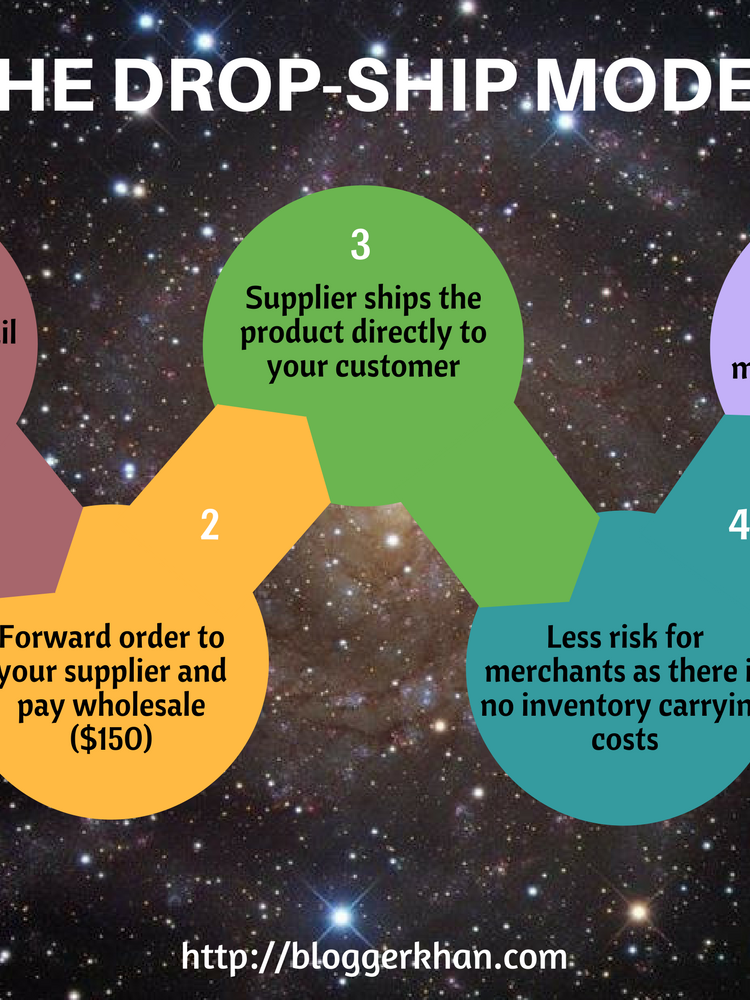
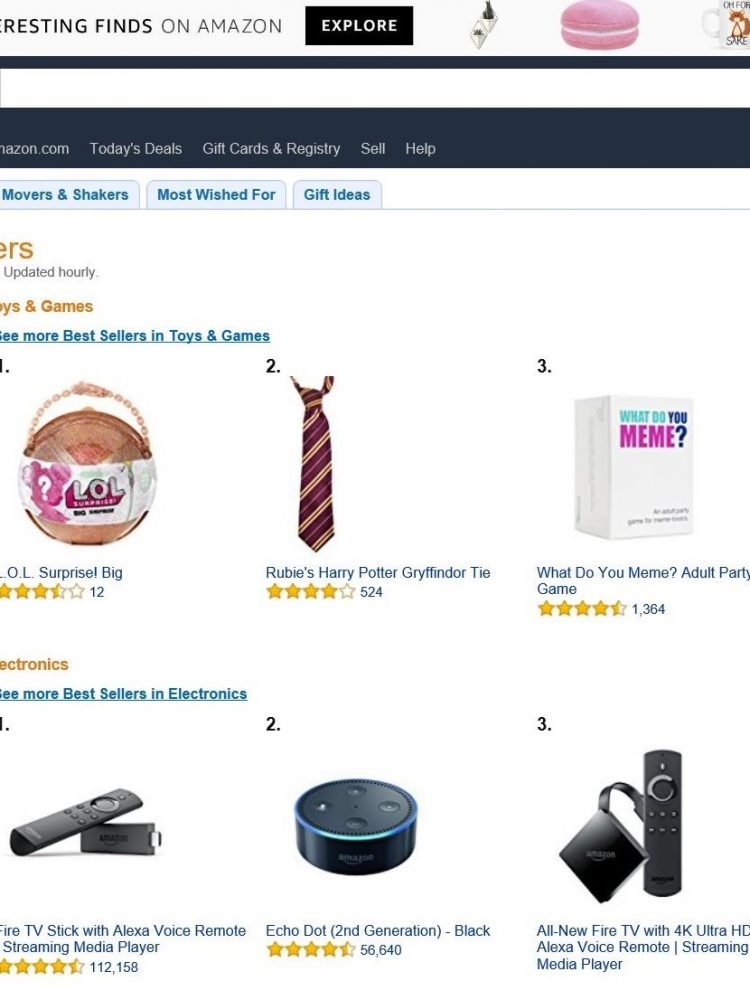

No comments yet.